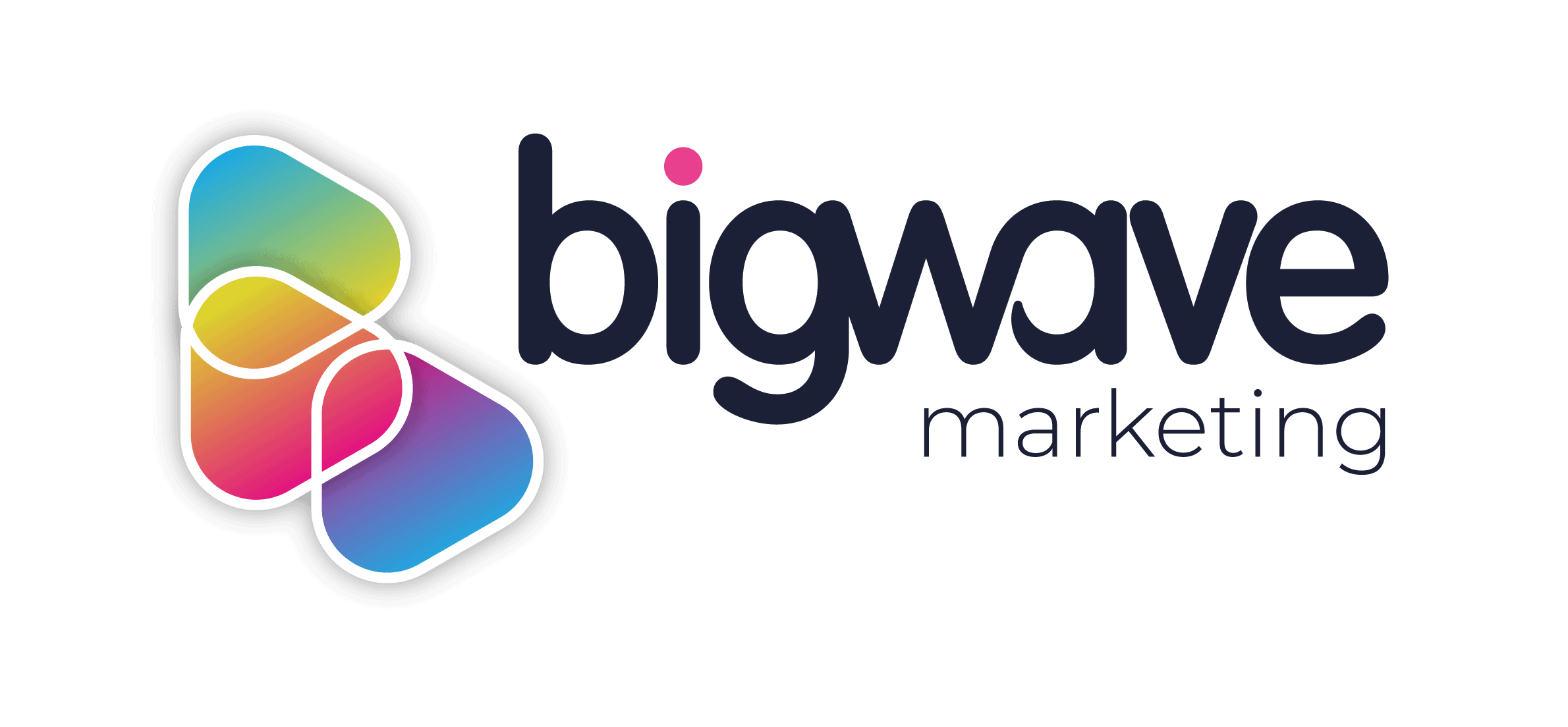For this quarter’s blog series, we’re diving into Analytics.
Historically, analytics goes way back. In 1785, William Playfair came up with the bar chart, which is a basic but widely used visual data feature. It is said that he invented the bar chart to show a dozen data points. Later, in 1812, mapmaker Charles Joseph Minard located the losses of Napoleon’s army from their march in Moscow. He started at the Polish-Russian border, creating a linear map by displaying both thick and thin lines which showed how the losses were tied to the cold winter and the amount of time the army was away from the supply lines.
The point is, the way we look at data has changed significantly, going from bar charts and graphs to digital tools that enable us to record and track data unlike ever before.
In this blog, we look at the 5Ws of analytics – the who, what, when, where, and why (and a little bit of the how).
Who Uses Analytics Nowadays?
In the marketing world, all kinds of departments require their employees to have knowledge of analytics. From content to social media and SEO, various roles within marketing agencies need to use analytics to understand how the work they are producing is performing. Businesses use data analytics techniques in their research to inform their decisions. It can help companies better understand their customers, evaluate their ad campaigns, personalize content, create content strategies, and develop products.
What Are Analytics?
Analytics is “the analysis of data to draw hidden insights, to aid in decision making”. For marketers, analytics helps study raw data to make decisions, which becomes useful in areas where you need to record a lot of data or information.
Analytics relies on statistics, computer programming, and operations research in order to distract lots of data and gain insights into the data’s meaning.
When to Use Analytics in Marketing
Businesses use many different data analytics techniques for research and to inform any decisions they have made and find ways to help the business grow. They can also use analytics to examine and understand patterns in data to predict how they may look in the future. This can benefit businesses as trends can be recognised, which ultimately can be useful to figure out what works well for the company.
Essentially in marketing, it’s best to use analytics regularly to stay on top of trends and to help create the best content possible.
Where Do I Find Analytics?
Most analytics tools can be found internally in the programmes you are using, such as social media platforms. Below is a short list of some online tools that can be used to analyse your business’s performance:
- Google Analytics: Google Analytics is a web analytics service that provides statistics and basic analytical tools for search engine optimization (SEO). Google Analytics is part of the Google Marketing Platform, which is available for free to anyone with a Google account.
- Hootsuite: Hootsuite is a social media management platform that involves and covers many different aspects of what a social media manager’s role would include. In this one platform, users can do simple things like creating content and scheduling posts, managing team members, and measuring ROI.
- Sprout Social: Sprout Social is another social media management tool for brands and agencies of all sizes, to manage conversations and surface the actionable insights that drive real business impact.
- Facebook and Instagram Insights: Both Facebook and Instagram have a section called Insights where you can see and evaluate the success of content that has been posted. It is beneficial for businesses as it allows them to see what has gone well and what hasn’t.
- YouTube Studio: This is an application made from YouTube to enable you as a creator to view your dashboard, content, comments, playlists, and most importantly analytics. The analytics tab enables you to view your reach, engagement, and audience for your videos and your channel.
Why Are Analytics Important for Businesses?
Analytics can help businesses make better, more informed decisions and achieve several different goals. They can help businesses to understand their consumer’s behaviour better, measure their successes against their goals, gain more of an insight into their competitors, discover trends for their market, and get the best out of their operations.
Results from analytics can help improve the profitability of the business and increase market share and revenue to provide a better return to a shareholder.
How Can Data Analytics Help Businesses Grow?
Data analytics can provide valuable insights into your business and how your customers engage with you. It can also help an organisation understand how to market products, mitigate risk, or even how to enhance security. Analytics can help businesses by showing them:
- What content is or isn’t performing well – With data being able to show us this, this means a business can begin to prioritise better content for better performance.
- Who their audience is – For example, on Instagram, you can find statistics for your page on your audience, telling you gender, ratio, location, and age. This can help you to determine who your audience is as a brand.
- The best days and times to post content – This can help maximise your audience reach, exposing your business to lots of potential new customers!
Analytics has changed the dynamics of businesses and how they operate, and this importance can’t be overestimated, as more businesses rely on it for their decision-making process. It is obvious that analytics is a very important marketing skill for businesses in the modern world, which explains the demand for analytics professionals.
For information about our SEO services, contact us.

